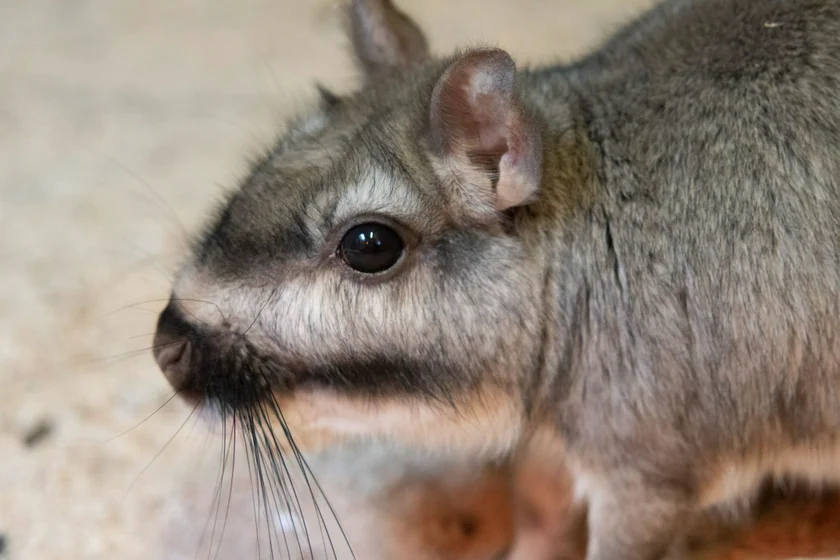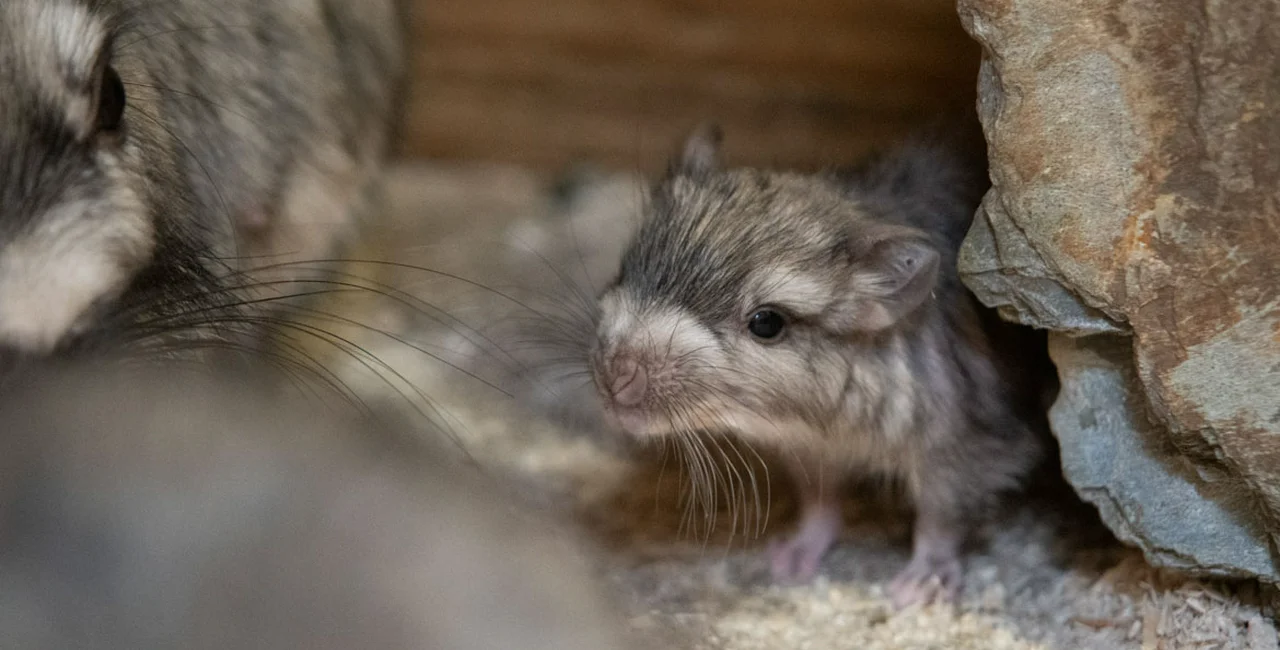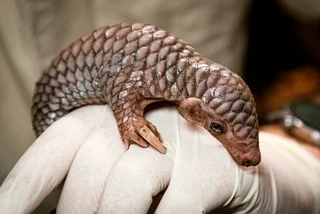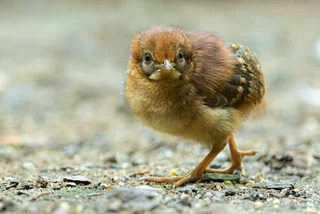Three baby plains viscachas, a rare species native to South America, were born in the Liberec Zoo in recent weeks.
The zoo’s two breeding females gave birth shortly after each other. The mothers are taking care of the babies and they are thriving, but the following weeks will be decisive.
PARTNER ARTICLE
Viscachas are native to Argentina, Bolivia, and Paraguay. It's sometimes called a long-tailed rabbit due to its long ears and fluffy coat but is actually more closely related to the chinchilla.
The animal’s cute look has made it an internet favorite, with Boredpanda and Boingboing dedicating articles to its unusual appearance. Several memes circulate with people identifying with the animal’s chill demeanor. These usually feature the related southern viscacha, which more closely resembles a sleepy rabbit, though.
Zoo Liberec started breeding viscachas in the autumn of 2021, when a male and three females arrived from Zürich, Switzerland. The Liberec Zoo is currently the sixth zoo in Europe to breed the species.
Breeding in captivity is difficult
Viscacha reproduction in captivity is difficult. “Under normal circumstances, cohabitation between adults is unproblematic, but when a female gives birth, the male is usually very aggressive towards the young and may injure or even kill them,” zoologist Dorota Gremlicová said in a press release.

Females must have safe refuges in the exhibit where the male cannot get behind them due to the significant size difference.
“Since the breeding of this species has not yet succeeded in Liberec, we decided, on the advice of our colleagues from Zoo Zürich, to separate the breeding male after the birth of the first female and move him to the backstage area so that the fresh mothers could have absolute peace of mind for their young,” Gremlicová added.
The first mother gave birth to twins on March 23, while the second mother gave birth to one baby three days later. Zoologists have not yet been able to examine the babies to determine their gender.
Babies will likely be sent to another zoo once they mature
The cubs are born already with fur and with open eyes. Shortly after birth, can move independently and follow their mother. The babies can start eating solid food after two months.
In the wild, young females may remain in their colony after reaching sexual maturity, which occurs around 9 months of age. Young males do not reach sexual maturity until 15 months and usually leave the colony immediately.
Once these viscachas mature, they are very likely to be transported to another zoo so they can breed and strengthen the population of their species in European zoos, Gremlicová said.
Zoo visitors can observe the viscacha group, including the babies, through a porthole into their indoor enclosure, which is located next to the meerkat exhibit.
Established in 1904, Liberec Zoo is the oldest in Czechia and is known in particular for its white tiger. The zoo covers 14 hectares and has 160 species, including a large collection of birds of prey.












 Reading time: 2 minutes
Reading time: 2 minutes 


























